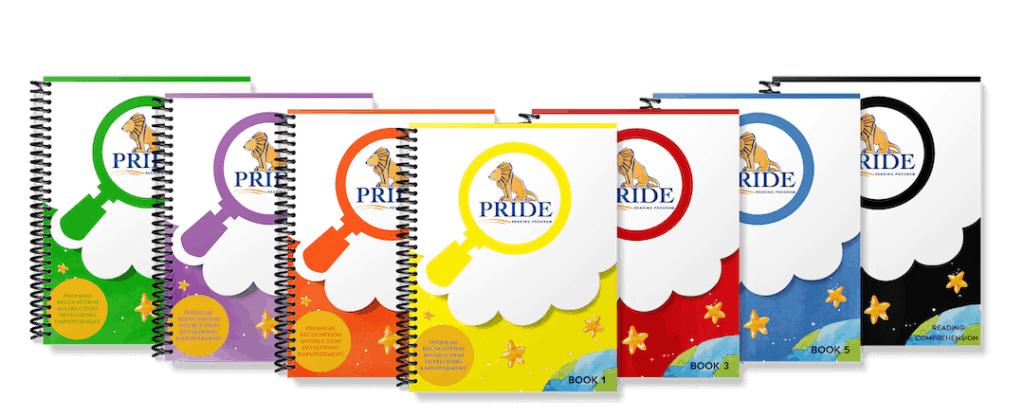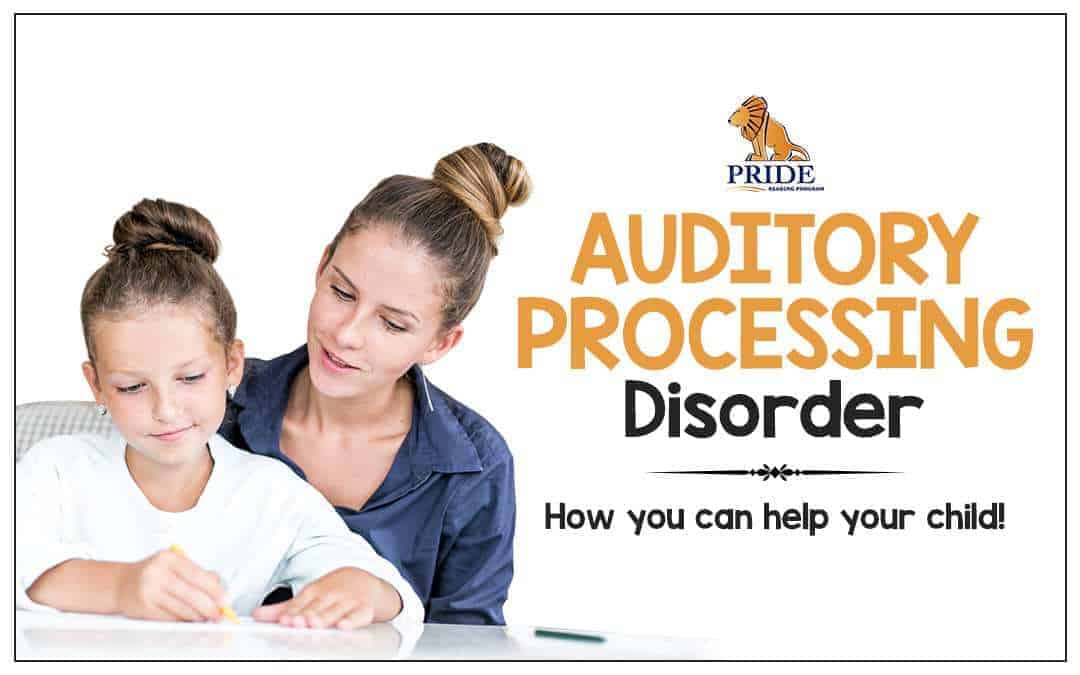Auditory Processing Help Both in the Classroom and at Home – Tips and Strategies
If you have a child with auditory processing disorder (APD) you might be wondering how you can help your child both at school and at home. On this post, I am going to share with you strategies, resources and tips for auditory processing disorder help.
Phonemic Awareness Activities for Auditory Processing Disorder:
You will need to make sure that your child is getting lots and lots of phonemic awareness activities both at school and at home!!! What does this mean?
Phonemic awareness is the ability to identify and manipulate the individual speech sounds into spoken words. For example the word bag has three sounds – /b/, /a/ and /g/. The word last has four sounds – /l/, /a/, /s/, /t/.
Kids with auditory processing often drop or add sounds when spelling or reading words, so it is really important for your child to isolate and learn how to say, read and spell with each individual sound.
Here are some phonemic awareness activities you can do with your child both at home and in the classroom:
Identify rhymes – “Tell me all of the words you know that rhyme with the word “cot.”
Listening for sounds – “Close your eyes as I read some words to you. When you hear the “/s/ ” sound, raise your hand.”
Manipulating sounds in words by adding, deleting or substituting – “In the word NEST, change the N to B.” (best). Or… “Say the word dash. Can you change the /a/ to /i/?” (dish)
Separate syllables – “How many syllables does the word candy have? Say each syllable.”
Listening for beginning, middle and ending sounds – “What sound do you hear at the end of the word sail?” (l)
Multisensory Activities for Auditory Processing Disorder:
You will need to make sure that your child is getting lots and lots of multisensory activities both at school and at home!!! What does this mean? Multisensory means having your child hear it, say it, touch it and move during each lesson.
Why is this so effective for a child with auditory processing disorder? Kids with auditory processing need to learn in a different way. By using multisensory materials and activities, you are giving your child an opportunity for the information you are teaching them to “stick.” Using all of your child’s senses, engages their entire body along with their brain. This way they make a memory that lasts and stays with them. The more senses you have your child use, the stronger this memory will be.
Here are some multisensory activities you can do with your child both at home and in the classroom:
- Have your child write words with a squeeze-style ketchup bottle, shaving cream or chocolate pudding (ooh messy fun).
- Use trays filled with salt or sand and have your child write words or skills in these.
- Build words with wooden letters, blocks, legos or puzzle pieces.
- Have your child write on their palm, use arm tapping, or you can have your child spell words while at the same time doing a jumping jack or bouncing a ball.
- Take a walk in the neighborhood and read the world. There are letters and signs everywhere.
- Go to the grocery store and read the entire store.
- When teaching specific skills, use letter tiles and flashcards.
Watch a lesson where the teacher uses multisensory activities with her student:
Orton-Gillingham for Auditory Processing Disorder
While there are many really great reading and phonics programs on the market, most of these are not geared towards children with auditory processing. The best choice is an Orton-Gillingham curriculum.
Orton-Gillingham is a really structured, step-by-step, repetitive and multisensory approach. This means that when the kids are learning to read, they learn each skill individually. They see it, say it, hear it and move with it. They also practice it over and over again until it really “sticks.”
[et_bloom_inline optin_id=”optin_4″]
I Have a Resource for You!
Thank you for reading my post today. You might also enjoy reading my previous posts:
Homeschooling with Auditory Processing
My Favorite Sight Word Activities
Please don’t leave without checking out the PRIDE Reading Program. The PRIDE Reading Program is an Orton-Gillingham curriculum that is used by teachers, tutors, and homeschooling parents worldwide with great success.



